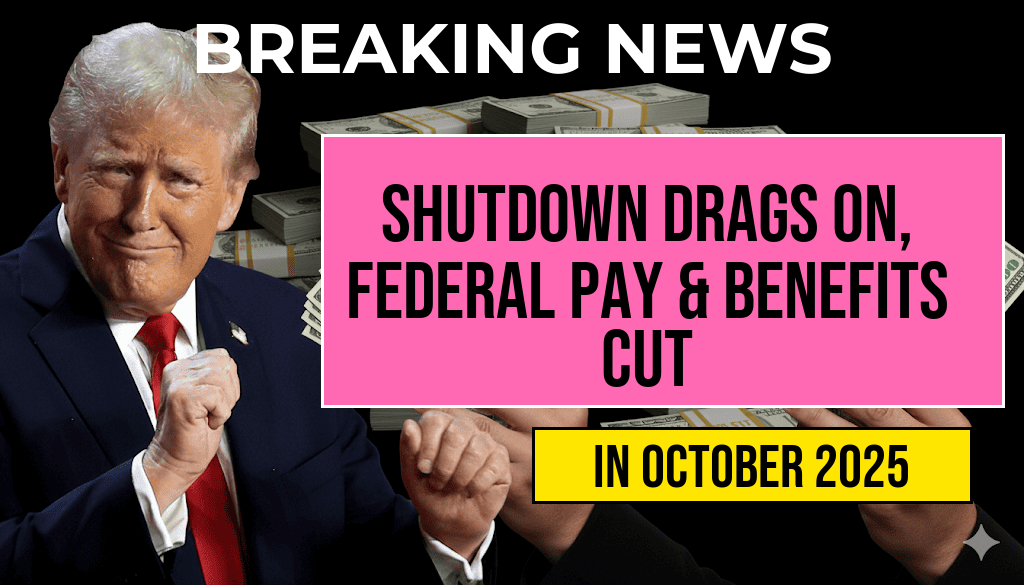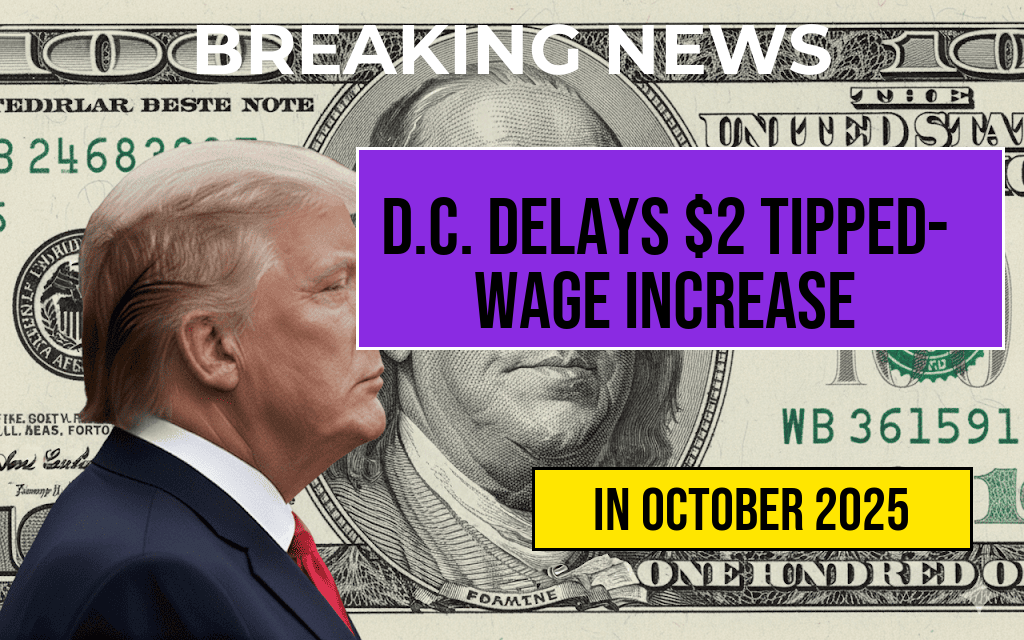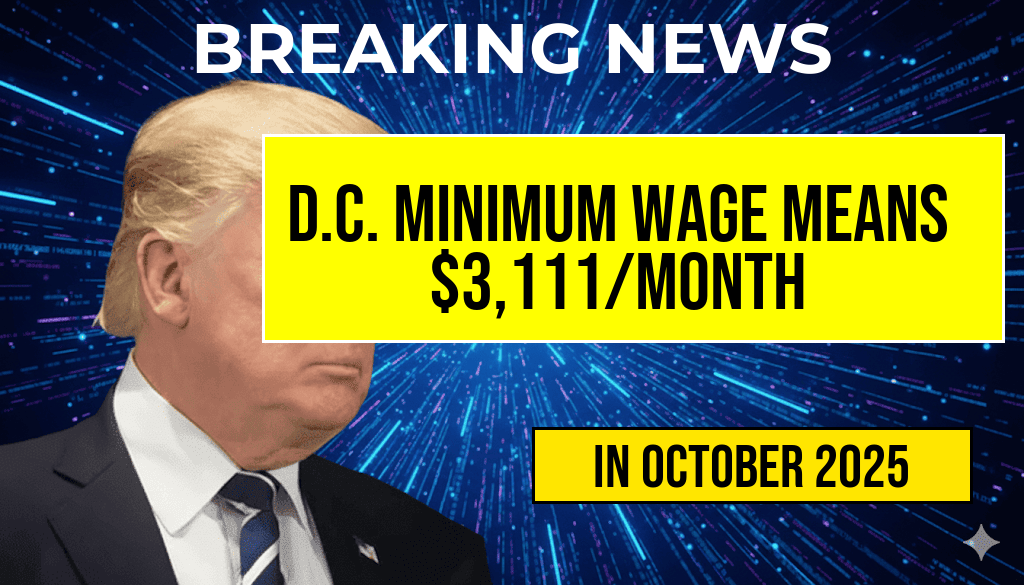Shutdown Extends Into Day 6, Leaving Federal Employees Without Pay and Facing Cuts to Critical Programs
The partial government shutdown has entered its sixth day, leaving hundreds of thousands of federal employees without pay and triggering significant reductions in essential services. With no resolution in sight, thousands of workers are navigating financial uncertainty as agencies operate under limited funding. Meanwhile, the $8 billion Women, Infants, and Children (WIC) nutrition program faces imminent cuts, threatening access to vital resources for vulnerable populations. The deadlock centers around disagreements over funding priorities, with negotiations stalled as lawmakers fail to reach a deal to reopen the government. The ongoing shutdown underscores the broader implications of political impasse, affecting everything from national security to public health, and highlighting the urgent need for bipartisan solutions to prevent further disruptions. As the days pass without resolution, affected communities and federal workers brace for continued uncertainty.
Impact on Federal Employees and Public Services
Federal Workers Face Financial Hardship
Approximately 800,000 federal employees have been furloughed or working without pay since the shutdown began. Many rely on their next paycheck to cover basic expenses, including rent, utilities, and groceries. Some agencies have implemented measures to provide partial pay or interest-free emergency loans, but these are temporary reliefs. The American Federation of Government Employees (AFGE) estimates that the financial strain is mounting, with some workers already facing difficulties paying bills or meeting urgent needs.
| Status | Number | Impacted Agencies |
|---|---|---|
| Furloughed | Approximately 420,000 | Various federal departments including DHS, DOJ, and EPA |
| Working without pay | Approximately 380,000 | Departments related to national security, border patrol, and air traffic control |
Disruption of Essential Public Services
Beyond the financial toll on workers, the shutdown hampers the delivery of critical government services. Internal revenue collections, processing of visas and passports, and environmental oversight are among the functions affected. National parks remain partially closed, and regulatory agencies have scaled back inspections, raising concerns about safety and compliance. The ripple effects extend to local economies, especially in regions heavily dependent on federal operations and tourism.
The WIC Program Faces $8 Billion in Cuts
Implications for Vulnerable Populations
The WIC program, which provides nutrition assistance to pregnant women, infants, and young children, is on the brink of losing access to approximately $8 billion in funding. This reduction threatens to cut benefits for hundreds of thousands of families nationwide, potentially forcing many to choose between basic nourishment and other essential expenses. The program is a cornerstone of maternal and child health, with studies showing its positive impact on long-term health outcomes.
Federal Funding Deadlock and Program Funding
The funding freeze stems from broader budget disagreements in Congress, with some lawmakers arguing for spending cuts or policy changes as conditions for reopening the government. The Department of Agriculture, which oversees WIC, has warned that without additional appropriations, benefits could be reduced or suspended in the coming weeks. Advocacy groups have urged leaders to prioritize food security for vulnerable populations amid the ongoing crisis.
Political Deadlock and Prospects for Resolution
Negotiations Stall Amid Partisan Disputes
Efforts to broker a deal have been hampered by partisan divisions, with Republicans insisting on funding for border security measures and Democrats emphasizing the need to protect government operations and social programs. Despite several rounds of negotiations, no consensus has emerged, leaving the government in limbo. House and Senate leaders are scheduled to meet again, but analysts caution that a swift resolution remains unlikely without significant concessions.
Potential Consequences of Prolonged Shutdown
The longer the shutdown persists, the more severe the consequences become. In addition to financial hardship for federal workers and cuts to vital programs, prolonged closures can erode public trust and complicate ongoing crisis responses, such as disaster relief efforts and public health initiatives. Economists warn that extended shutdowns can slow economic growth, with some estimates indicating a potential loss of billions in gross domestic product if the impasse continues.
Resources and Support for Affected Individuals
- Federal Employee Assistance Program: Offers financial counseling and emergency loans for federal workers impacted by the shutdown.
- WIC Benefit Updates: Families can check with local WIC offices for updates on benefit status and alternative assistance options.
- Public Health and Food Security: Local food banks and community organizations are mobilizing to support families facing nutrition shortfalls.
Looking Ahead
As negotiations continue behind closed doors, federal employees and vulnerable populations remain in limbo. The shutdown underscores the fragile nature of government funding processes and the importance of bipartisan cooperation to safeguard essential services. Stakeholders and advocacy groups are calling on leaders to prioritize a swift resolution to minimize ongoing harm and restore stability for millions across the country.
For more detailed information on government shutdowns and their effects, visit Wikipedia’s overview of U.S. government shutdowns. Updates on the latest developments can be found through reputable news outlets such as Forbes.
Frequently Asked Questions
What is the current status of the government shutdown?
The government shutdown has entered its 6th day, with federal agencies remaining closed and many employees facing zero paychecks.
How are federal employees affected by the shutdown?
Federal employees are currently not receiving their paychecks due to the ongoing shutdown, which impacts their financial stability and government operations.
What are the implications for the WIC program during the shutdown?
The Women, Infants, and Children (WIC) program faces cuts totaling $8 billion, which could significantly reduce support for vulnerable families relying on nutritional assistance.
What are the main reasons behind the shutdown?
The shutdown is primarily caused by disagreements over federal funding and budget negotiations in Congress, preventing the passage of necessary appropriations bills.
How might this shutdown impact essential government services?
The shutdown may lead to disruptions in public services, delays in federal operations, and increased hardship for the affected employees and programs.










